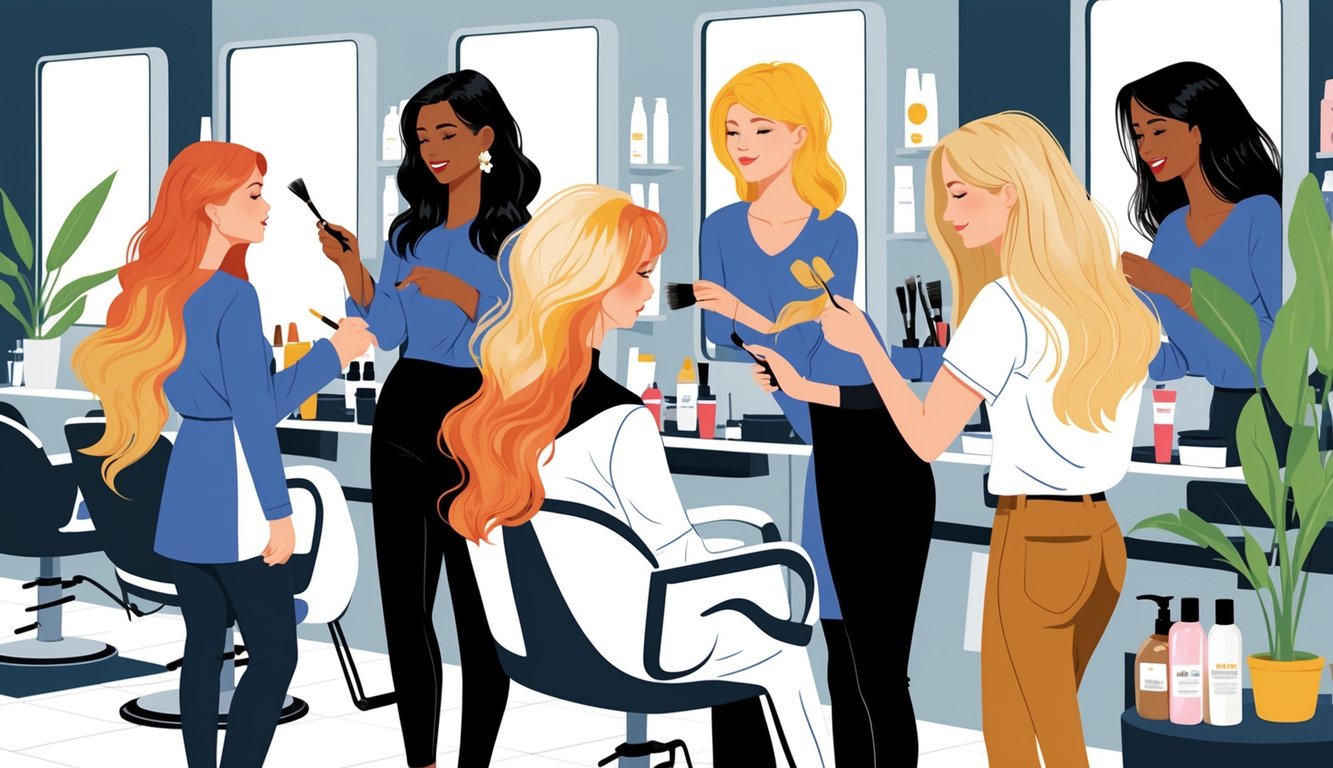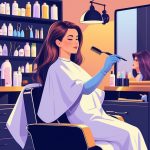
Skin Tone Mistakes Clients Frequently Make
Let’s be real—most people ignore undertones. Every season, someone thinks “trendy” means “everyone.” Lipsticks, blouses, hair color. I see it all the time: one pastel shade wipes out half the room, but still, everyone wants it.
Neglecting Skin Tone Compatibility
Here’s the thing: people want what they want, even if it makes them look like they’ve got the flu. Olive skin with icy blue, warm undertones with silver jewelry, “universal nude” lipstick that’s just… blah. Nobody talks about undertone charts, the difference between cool, warm, and neutral, or how color draping actually works. TikTok makes it look easy, but even most stylists fudge it. Seasonal color analysis usually skips the part where your skin tone matters for everything—makeup, clothes, hair.
One client swore red “pops on everyone.” Nope. Warm undertones need coral or tomato red, cool undertones need berry or blue-red. But that nuance disappears when the mood board comes out. Ignore skin tone, and you’ll regret it—plus you’ll waste money on stuff that makes you look tired. Nobody needs that.
Confusing Neutral and Contrasting Undertones
Okay, can we talk about how everyone just announces, “I’m neutral!” Like, really? Are you, though? If I had a dollar for every time someone guessed wrong, I’d probably have a full Sephora haul by now. Neutral undertone isn’t some default setting—it’s actually rare. Most people? Total mishmash. Yellow foundation, blue veins, cool lipstick with gold jewelry—none of it lines up. Oh, and the classic “check your wrist veins” trick? That’s about as reliable as a weather app. Lighting screws everything up. A color scientist told me that at a conference once, and honestly, I just took their word for it because, why not?
And “contrast”—ugh, don’t get me started. Everyone wants to look like those hyper-edited Pinterest models, all dramatic and sharp, but let’s face it, unless you’ve got serious separation between your hair, eyes, and skin, bold colors just swallow you whole. Neutrals like taupe or dusty rose? Supposedly “universal,” but most people just look kind of… blah. If your undertone’s off, the whole outfit tanks. Those little “neutral/cool/warm” stickers on makeup? Pretty much a joke unless you check in actual daylight and not under those weird department store lights. No need for a lab coat, but maybe just slow down and compare shades in the shade. (That made sense, right?)
Balayage Blunders and Misapplied Techniques
Honestly, I don’t know why the same balayage mistakes keep coming back like bad leftovers. It’s always the same: uneven patches, everyone blaming the toner, and suddenly every client’s a developer-strength expert (spoiler: you’re not, but sure, keep telling me about “20-volume”). I explain, I demonstrate, but here we are—again.
Uneven Balayage Results
If one more person tries to tell me their stripes are “intentional contrast” I’m going to scream. The main issue? People rush the freehand application or, for some reason, use a stiff flat brush—why? That’s not even for balayage! Even pros mess up and end up with tiger stripes instead of that soft gradient everyone wants. I read on Mane Addicts that precise sectioning matters way more than “artistic flair,” which, yeah, no kidding.
You need a soft, tapered brush. It’s not optional. Patchy color and harsh lines? Usually just product buildup or not saturating thick sections. If you’ve ever walked out with hair that looks like a chessboard, it’s probably because someone skipped the basics—right angle, evenly loaded brush, and please, no old crusty bleach. Equipment upgrades beat “old tricks” every time. Strand test. It’s not rocket science.
Improper Use of Toners and Developers
People act like toners are magic erasers. They’re not. No toner fixes a bad bleach job. None. Overusing purple shampoo, picking the wrong developer, thinking “20-volume solves all”—it’s a mess. Online advice never mentions that toners only tweak what’s already there; they won’t fix patchy, uneven lift.
A Hairstyle Camp stylist explained it: toners just lock in your mistakes if you don’t fix the base first. Use 10-volume for deposit, not lift—your hair will thank you. And can we talk about undertones? Ash toner on orange hair doesn’t make beige, it makes green. I always, always test a swatch, double-check undertones, and stick to the level chart. If you skip that, just budget for a color correction. Nobody wants to, but you’ll end up there.



